Axolotls are fascinating creatures that have captured the hearts of many with their unique appearance and remarkable abilities. These aquatic salamanders, native to Mexico, have become popular pets and research subjects due to their regenerative powers and endearing features. Here are 15 things you might not know about these captivating creatures.
Axolotls Are Critically Endangered in the Wild
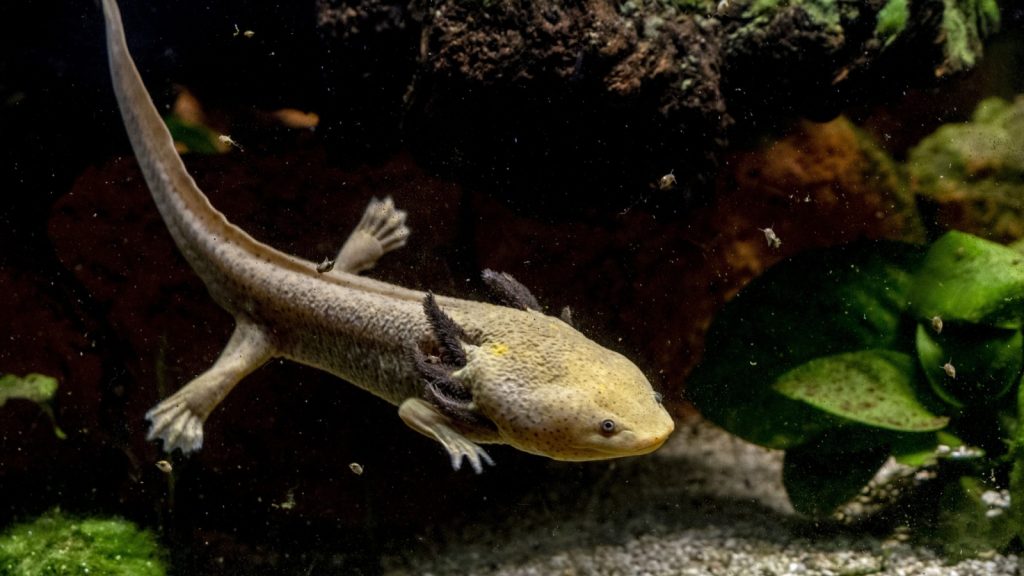
Axolotls are native to only one place in the world: Lake Xochimilco in Mexico City. Due to habitat loss, pollution, and the introduction of invasive species, wild axolotl populations have declined dramatically, making them critically endangered.
They Can Regenerate Almost Any Body Part
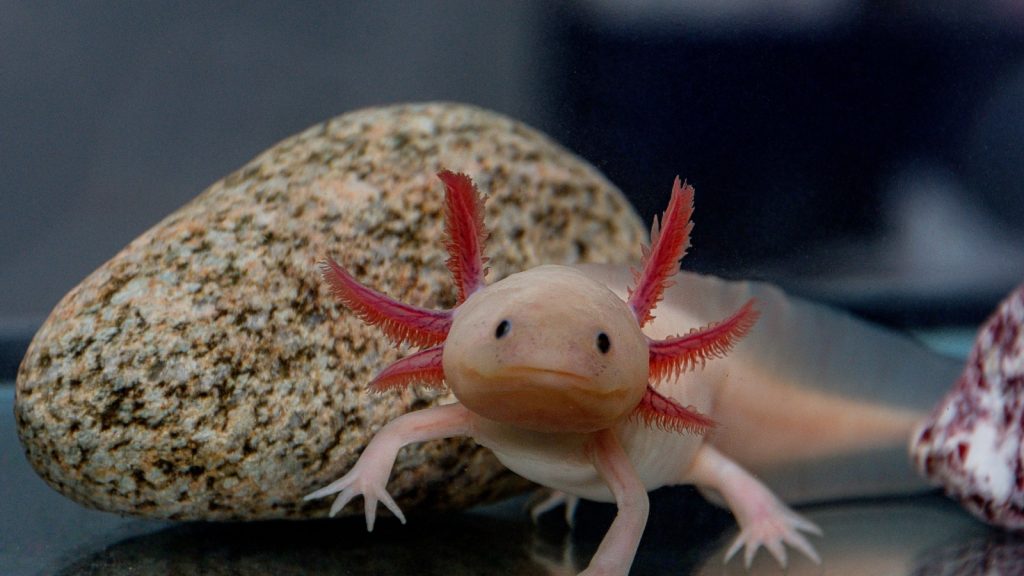
One of the most remarkable features of axolotls is their ability to regenerate lost body parts, including limbs, organs, and even parts of their brain. This has made them a popular subject for scientific research, as understanding their regenerative abilities could lead to advances in human medicine.
Axolotls Exhibit Neoteny
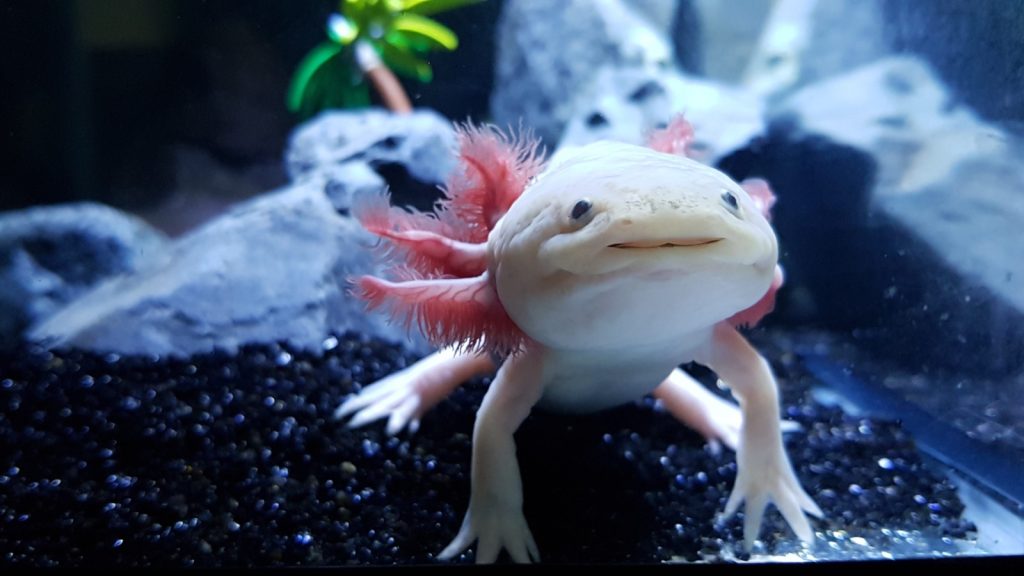
Neoteny is the retention of juvenile characteristics into adulthood. Axolotls are a prime example of this, as they maintain their larval features, such as external gills and a finned tail, throughout their lives. In the wild, they do not typically undergo metamorphosis to become fully terrestrial adults.
They Can Grow Up to a Foot Long
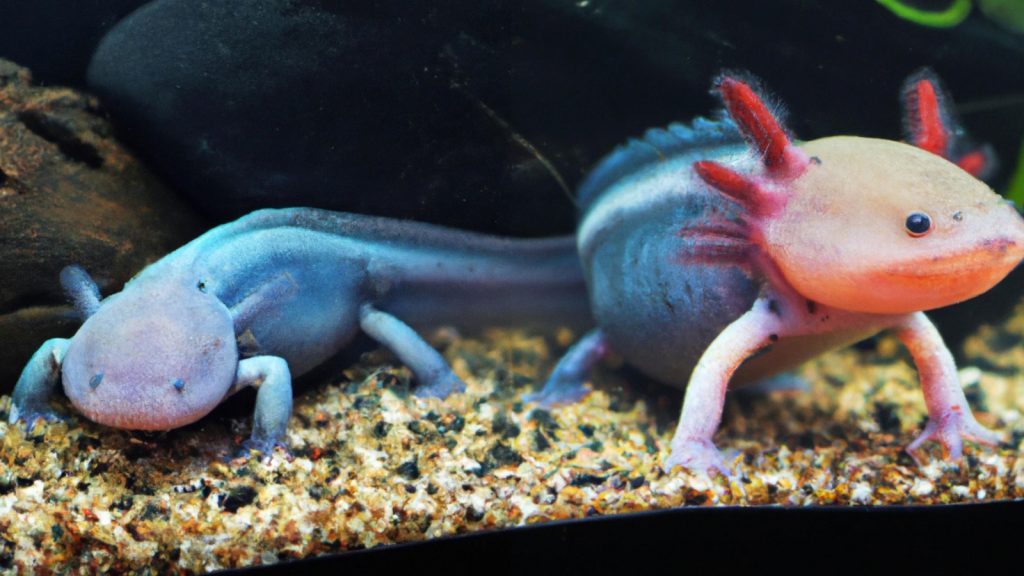
Axolotls are relatively large salamanders, capable of growing up to 12 inches (30 cm) in length. Their size and unique appearance have made them popular pets, although they require specialized care and a well-maintained aquatic environment to thrive.
Axolotls Are Carnivorous
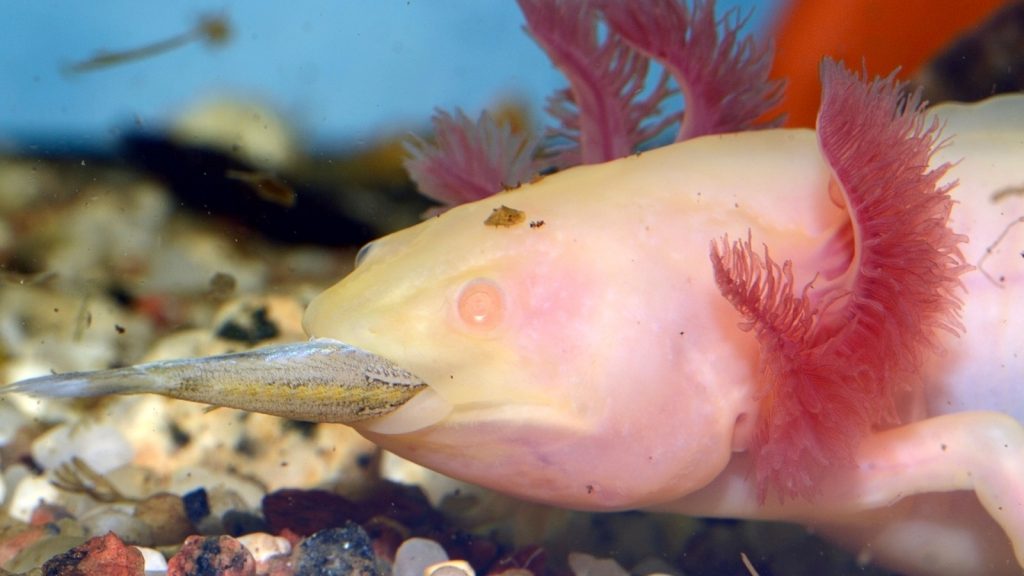
In the wild, axolotls are carnivorous and eat a variety of prey, including small fish, worms, insects, and crustaceans. In captivity, they can be fed a diet of commercially prepared axolotl pellets, supplemented with live or frozen foods like bloodworms and brine shrimp.
They Have a Unique Hunting Technique
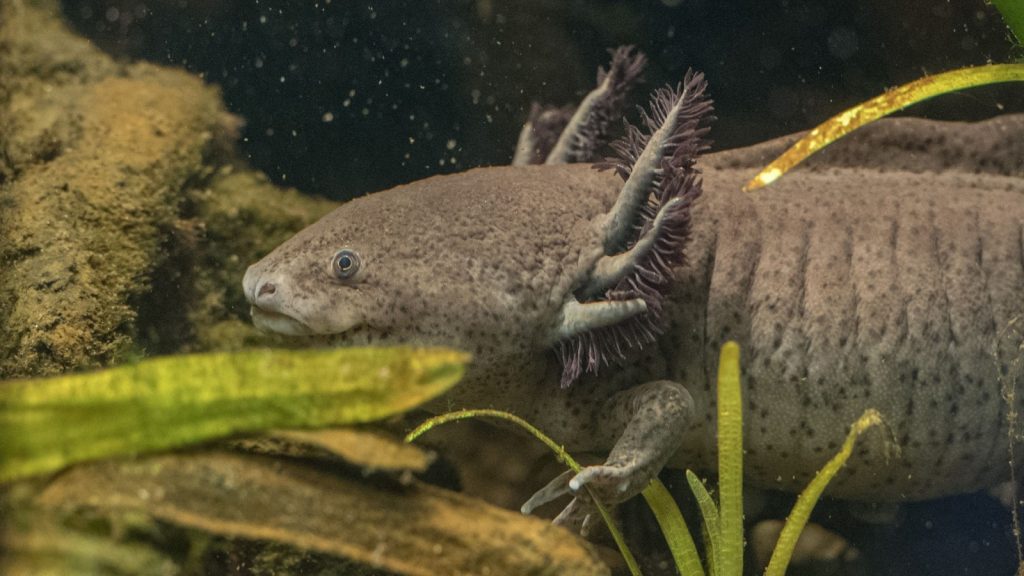
Axolotls have a unique way of hunting their prey. They use suction to draw food into their mouths, creating a powerful vacuum by rapidly opening and closing their jaws. This adaptation allows them to capture prey efficiently in their aquatic environment.
Axolotls Have a Long Lifespan
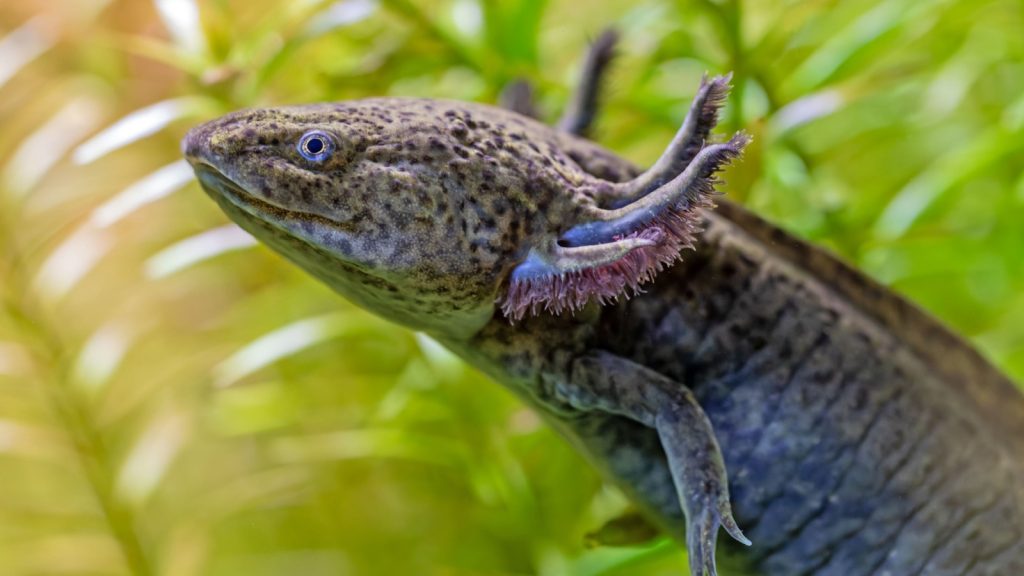
With proper care, axolotls can live for a surprisingly long time. In captivity, they can survive for up to 15 years or more, making them a long-term commitment for pet owners.
They Come in a Variety of Colors
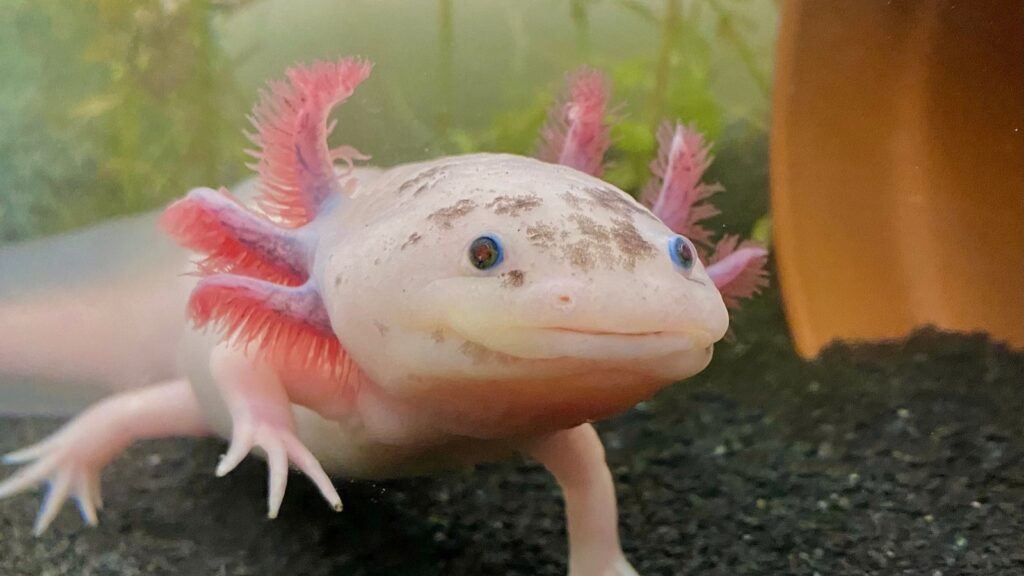
While wild axolotls are typically dark brown or black, captive-bred axolotls come in a wide range of colors, including white, golden, leucistic (white with black eyes), and even pink. These color morphs are the result of selective breeding and are highly sought after by axolotl enthusiasts.
Axolotls Have Poor Eyesight
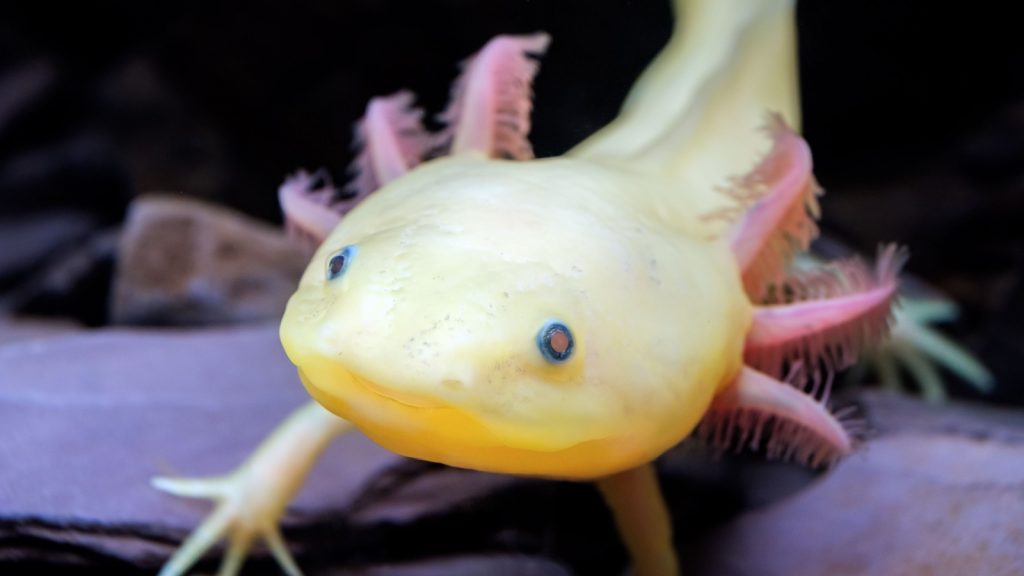
Despite their endearing appearance, axolotls have relatively poor eyesight. They rely more on their sense of smell and lateral line system (a sensory organ that detects movement in the water) to navigate their environment and locate prey.
They Are Important in Aztec Mythology
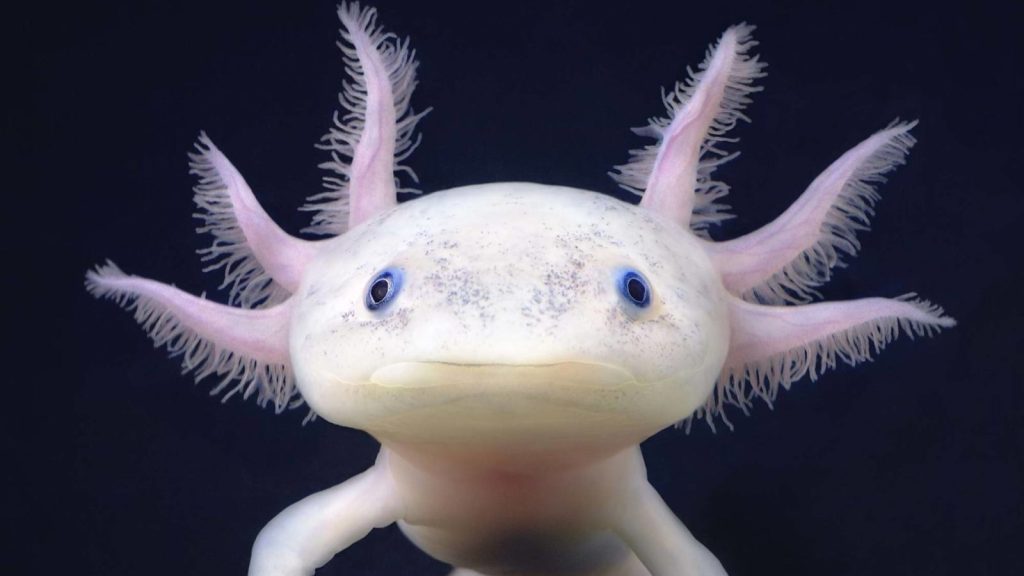
In Aztec mythology, axolotls are associated with the god Xolotl, who was said to have transformed into an axolotl to avoid being sacrificed. The name “axolotl” comes from the Aztec language Nahuatl, meaning “water monster.”
Axolotls Have a Cartilaginous Skeleton
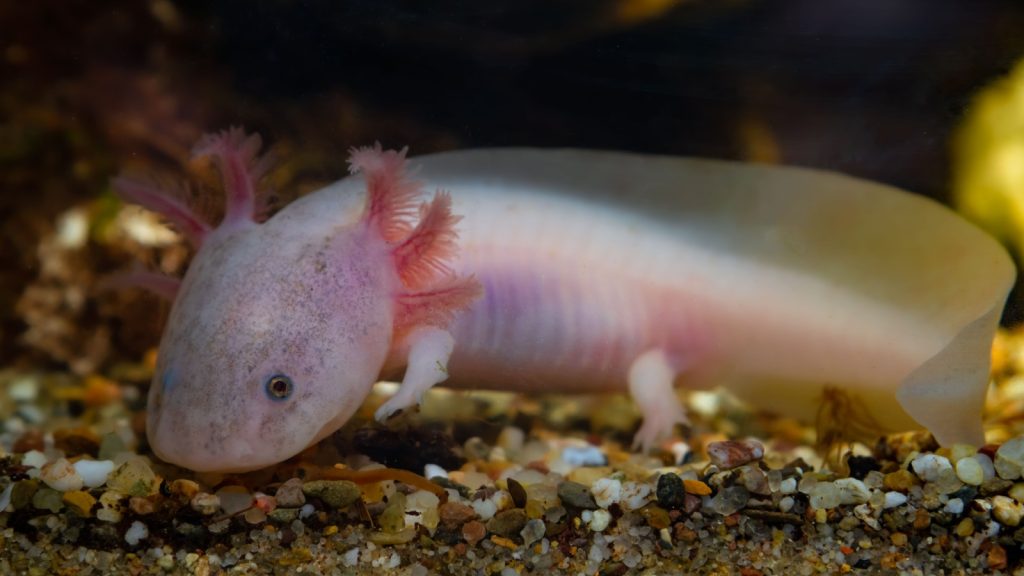
Unlike many other amphibians, axolotls have a skeleton that is primarily composed of cartilage rather than bone. This adaptation allows them to maintain their larval features and contributes to their incredible regenerative abilities.
They Are Social Animals
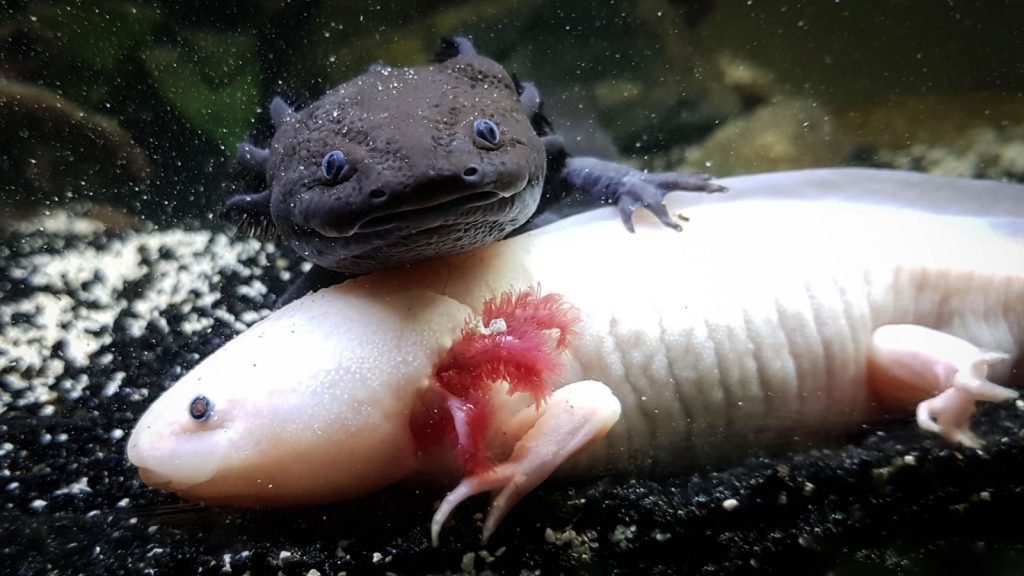
Axolotls are generally peaceful and can be kept together in groups, provided they have enough space and resources to minimize competition. However, it’s essential to keep axolotls of similar sizes together, as larger individuals may attempt to eat smaller ones.
Axolotls Breathe Through External Gills
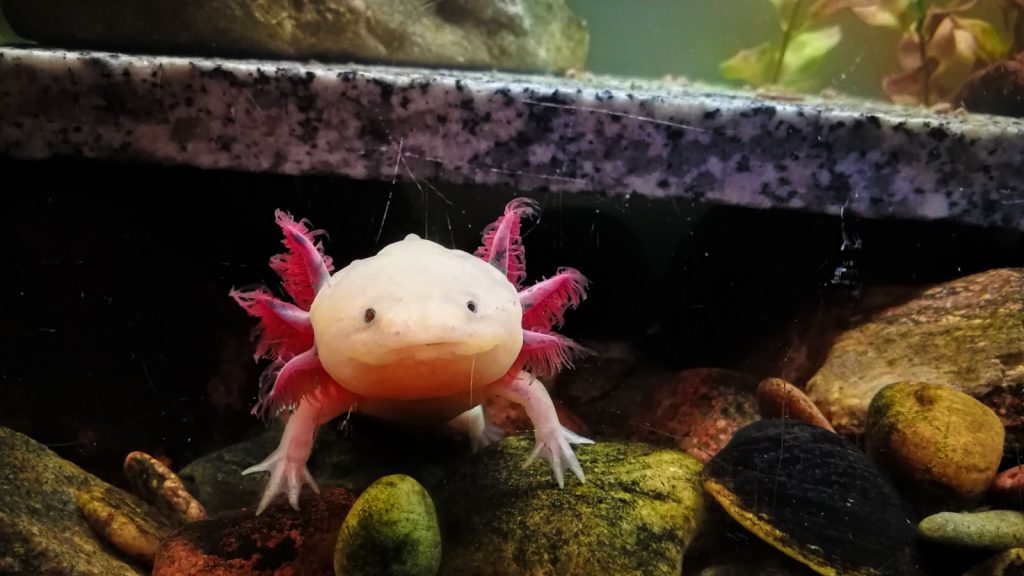
The feathery structures on an axolotl’s head are not ears but external gills. These specialized organs allow the axolotl to absorb oxygen directly from the water, enabling them to remain completely aquatic throughout their lives.
They Are Sensitive to Water Quality
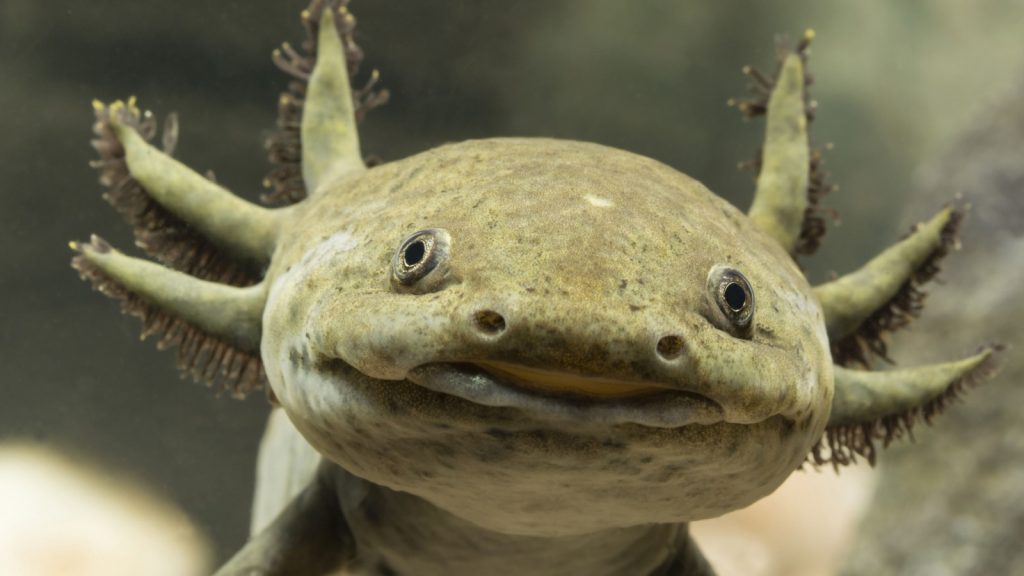
Axolotls are highly sensitive to water quality and require a clean, well-maintained aquatic environment to thrive. Poor water quality can lead to stress, disease, and even death, making regular tank maintenance and water testing essential for axolotl care.
Axolotls Are Studied for Their Potential in Regenerative Medicine
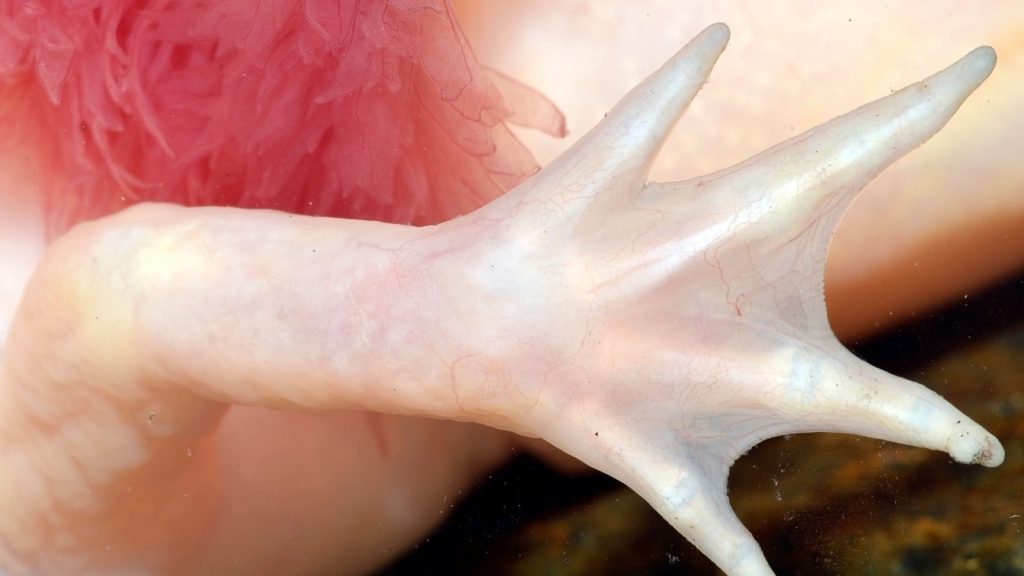
The axolotl’s remarkable regenerative abilities have made them a focus of scientific research, particularly in the field of regenerative medicine. By understanding the mechanisms behind their ability to regenerate lost body parts, scientists hope to develop new therapies for human conditions such as spinal cord injuries, neurodegenerative diseases, and organ damage.